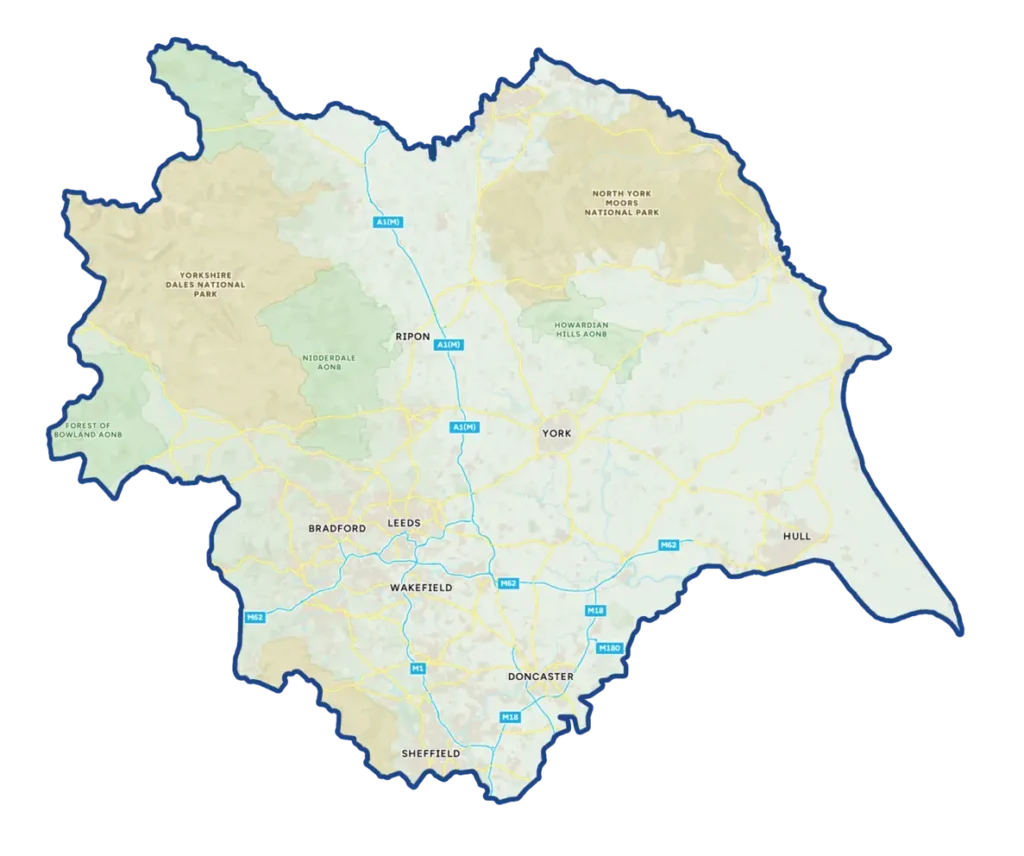
Ribblehead Viaduct
Spanning the wild and windswept landscape of the Yorkshire Dales, Ribblehead Viaduct is one of Britain’s most iconic feats of Victorian engineering. Completed in 1875, it carries the Settle–Carlisle railway across the remote Ribble Valley, its 24 soaring arches a testament to human determination and ingenuity. Built by hundreds of navvies who lived and worked in harsh conditions, the viaduct stands as a striking symbol of the industrial age. Today, it draws visitors from far and wide, offering not just breath taking views, but a powerful sense of the history etched into its stone.
Explore in 360°
Immerse yourself in the full 360° landscape by clicking and dragging with your mouse or swiping with your finger to pan around the scene. For the best experience on mobile, rotate your device to landscape and tap full screen. Select Commentary, Natural Ambiance, or Relaxing Music from the dropdown below to customise your audio experience.
More Information
Construction of the viaduct began in late 1870 as part of the ambitious 73-mile Settle–Carlisle railway, a route designed to cut through some of the most difficult terrain in northern England. Spanning 402 metres (1,320 feet) and rising to a height of 32 metres (104 feet), the viaduct is made up of 24 limestone arches, each with a 14-metre (45-foot) span, set on massive foundations sunk deep into the peat and shale of Batty Moss.
The remote location posed immense logistical challenges: thousands of tonnes of stone were quarried from nearby Ingleborough and Whernside, and over 1.5 million bricks were used in the structure’s internal core. Temporary navvy settlements, such as Sebastopol, Batty Wife Hole, and Inkerman, sprang up around the site, housing more than a thousand workers and their families. Life in these camps was harsh, with accidents, disease, and exposure taking a heavy toll; it’s estimated that over 100 men died during construction, many of whom are buried in the graveyard of nearby Chapel-le-Dale.
Despite falling into disrepair and facing closure in the 1980s, the viaduct was saved through public protest and later restored in the 1990s. Now Grade 2 listed and still in active use, Ribblehead Viaduct stands as a remarkable survival, both a working piece of railway infrastructure and a lasting monument to the vision, sacrifice, and sheer effort of its builders.


